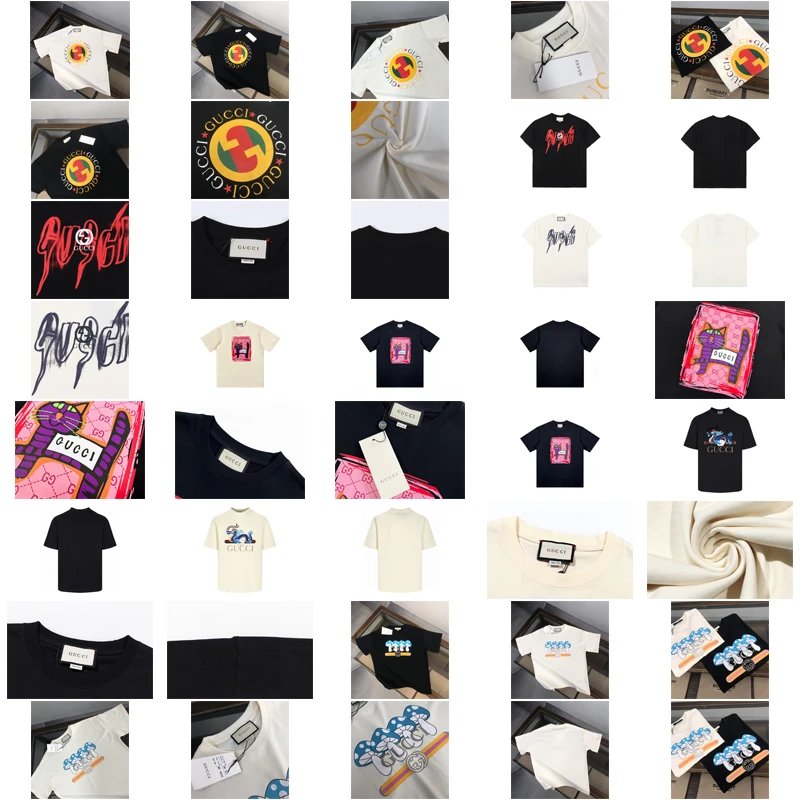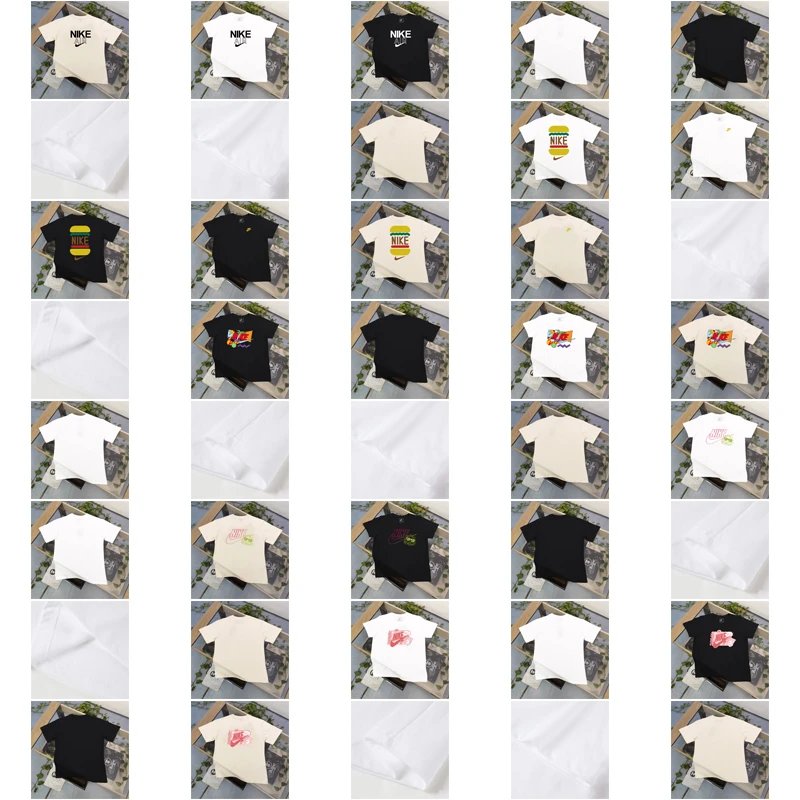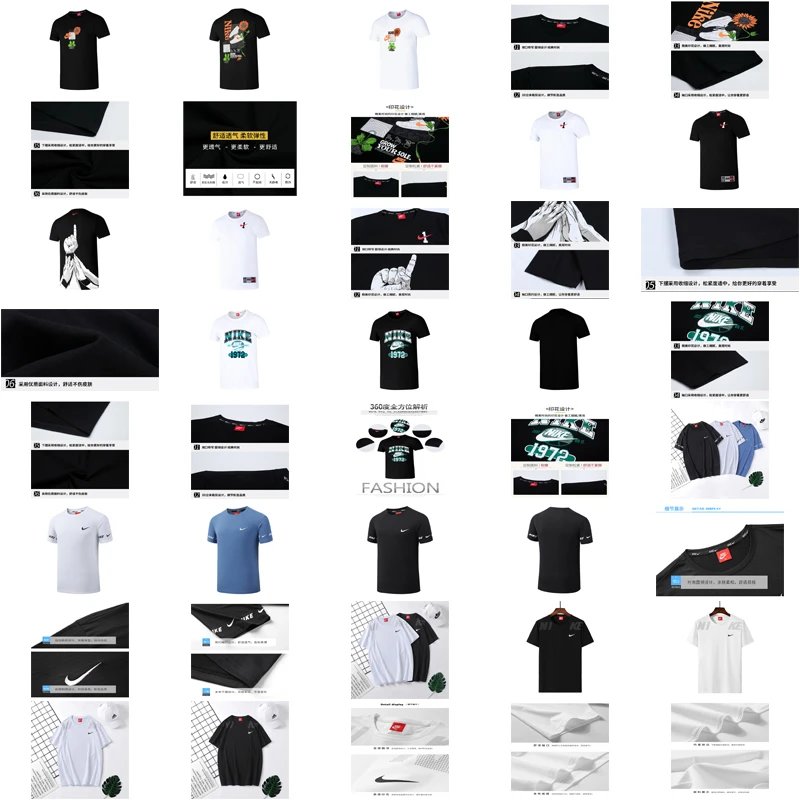LoveGoBuy: How to Plan Multi-Month Purchases Using the LoveGoBuy Spreadsheet
For savvy international shoppers, managing purchases from platforms like Taobao, Tmall, and 1688 requires strategic planning. LoveGoBuy, a popular shopping agent, bridges the gap between these Chinese e-commerce sites and global customers. However, without proper organization, costs can spiral and shipments can become inefficient. Enter the LoveGoBuy Spreadsheet—a powerful tool to record spending patterns, forecast upcoming hauls, manage budgets, and reduce redundant shipments.
Why Use a Spreadsheet for LoveGoBuy Purchases?
Shopping through an agent involves multiple variables: product links, prices in CNY, domestic and international shipping fees, exchange rates, and lengthy shipping times. Using a spreadsheet helps centralize this data, giving you a clear financial overview and helping identify:
- Monthly/quarterly spending trends
- Potential over-spending areas
- Optimal times to consolidate shipments
Setting Up Your LoveGoBuy Multi-Month Spreadsheet
Step 1: Create Key Columns for Data Tracking
Start by setting up columns for essential information. This foundation will help you analyze your spending and shipping patterns.
- Date Added: When you found/add the item.
- Item Description: Product name, size, color, etc.
- Store/Link: Seller store name and product URL.
- Price (CNY): Item cost in Chinese Yuan.
- Domestic Shipping (CNY): Shipping to LoveGoBuy's warehouse.
- Status: e.g., In Cart, Ordered, Arrived Warehouse, Shipped.
- International Shipping Cost: Cost to ship from warehouse to you.
- Total Cost (Your Currency): Converted total including fees.
- Priority Level: e.g., High, Medium, Low.
Step 2: Implement a Monthly Timeline View
Create separate sheets or sections for different months (e.g., "January Haul," "February Haul"). This visual separation allows you to:
- Plan purchases around sales events (e.g., 11.11, 12.12).
- Distribute spending evenly across months.
- Track which items belong to which shipment batch.
Recording Spending Patterns and Forecasting Upcoming Hauls
Track Actual vs. Budgeted Spending
Dedicate a summary section in your spreadsheet to compare your budgeted amounts against actual expenditures. Use formulas to automatically calculate:
- Total spent per month
- Average cost per item
- Shipping as a percentage of total cost
Forecast Future Purchases
Based on your historical spending, you can forecast future hauls with greater accuracy. If you notice you typically spend $150/month, budget accordingly. A "Wishlist" section can help you prioritize items for your next haul, preventing impulse buys.
Managing Budgets and Reducing Redundant Shipments
Set Clear Monthly Budgets
At the top of your spreadsheet, set a firm monthly budget. Use conditional formatting to highlight when you're approaching or exceeding this limit. This real-time feedback helps curb overspending.
Consolidate to Save on Shipping
The spreadsheet's greatest strength may be its ability to help you reduce redundant shipments. By tracking when items arrive at the warehouse, you can strategically consolidate multiple purchases into a single international shipment. This significantly cuts down on shipping fees, which are often calculated by weight with a minimum charge.
Tip: Use the "Status" column diligently. When several items show "Arrived Warehouse," it’s your cue to process a consolidated shipment rather than paying for multiple smaller ones.
Advanced Tips: Automation and Analysis
Leverage spreadsheet functions to automate tasks:
- Automatic Currency Conversion: Use a formula tied to a cell containing the current exchange rate to auto-convert CNY to your currency.
- Charts and Graphs: Create pie charts of spending by category (e.g., clothing, electronics) or line graphs of monthly spending trends.
- Data Validation: Use dropdown lists for the "Status" and "Priority" columns to maintain consistency.
Conclusion
The LoveGoBuy spreadsheet is more than just a list; it's a strategic financial tool for the international shopper. By meticulously recording your spending patterns and forecasting your hauls, you gain control over your budget, avoid unnecessary stress, and maximize savings through smart shipment consolidation. Start building your multi-month purchase plan today and transform your LoveGoBuy experience from chaotic to calculated.



















